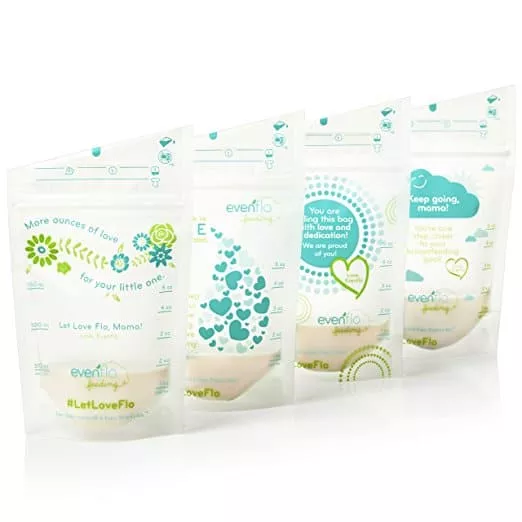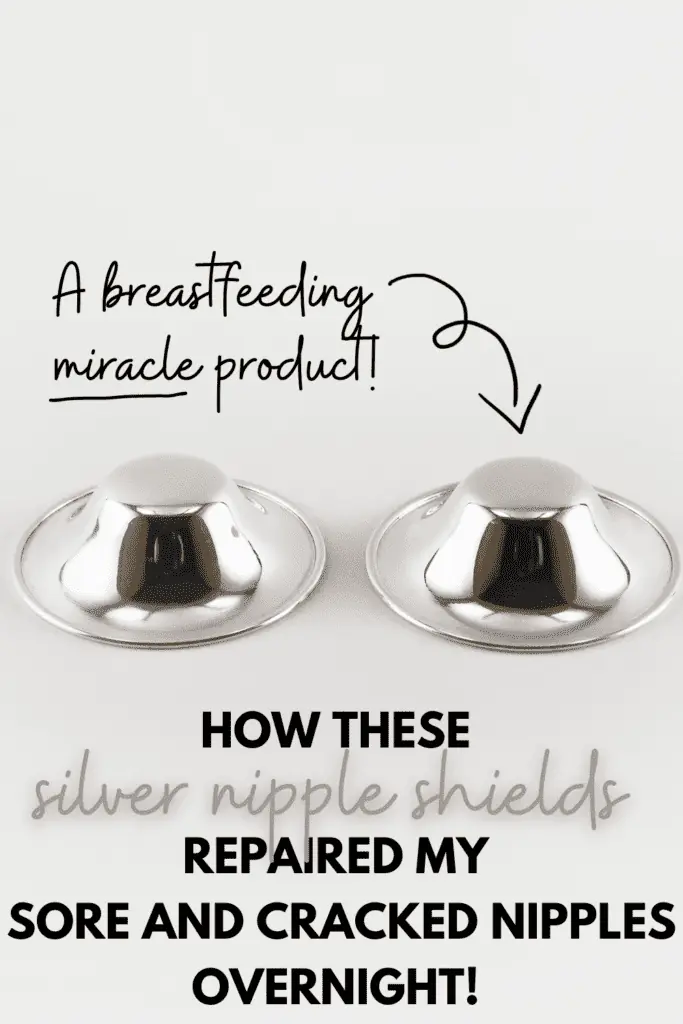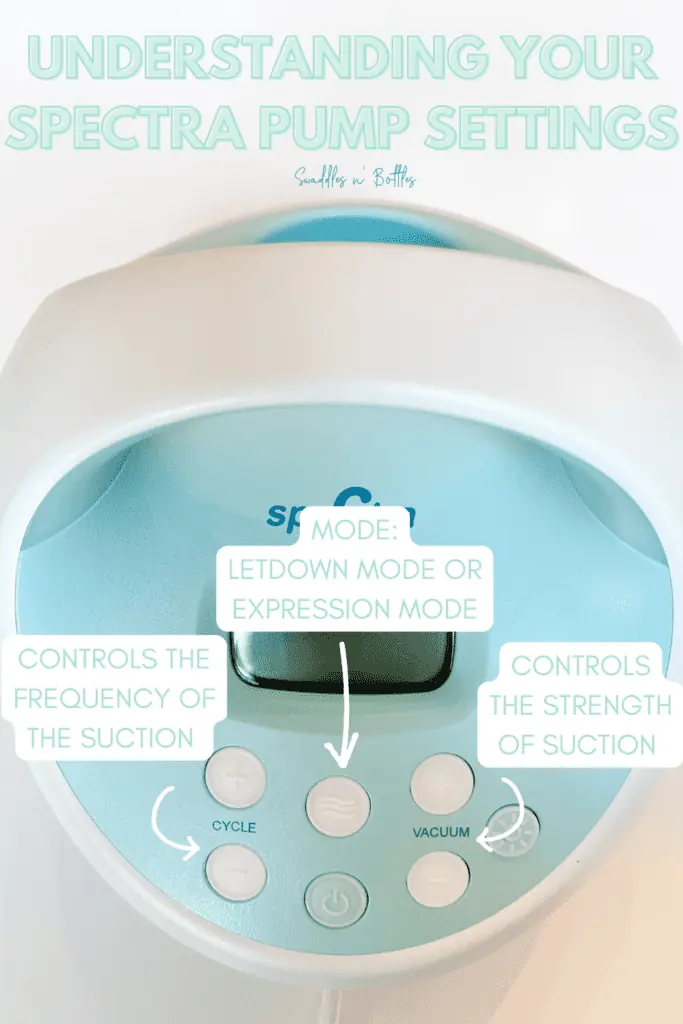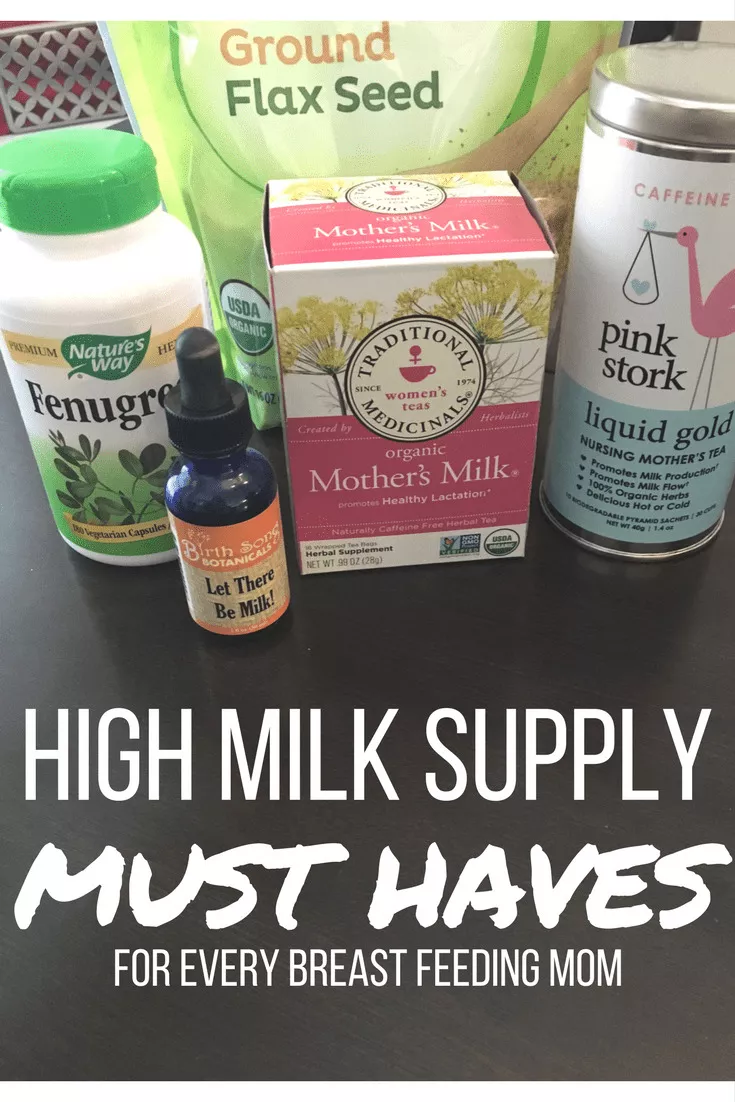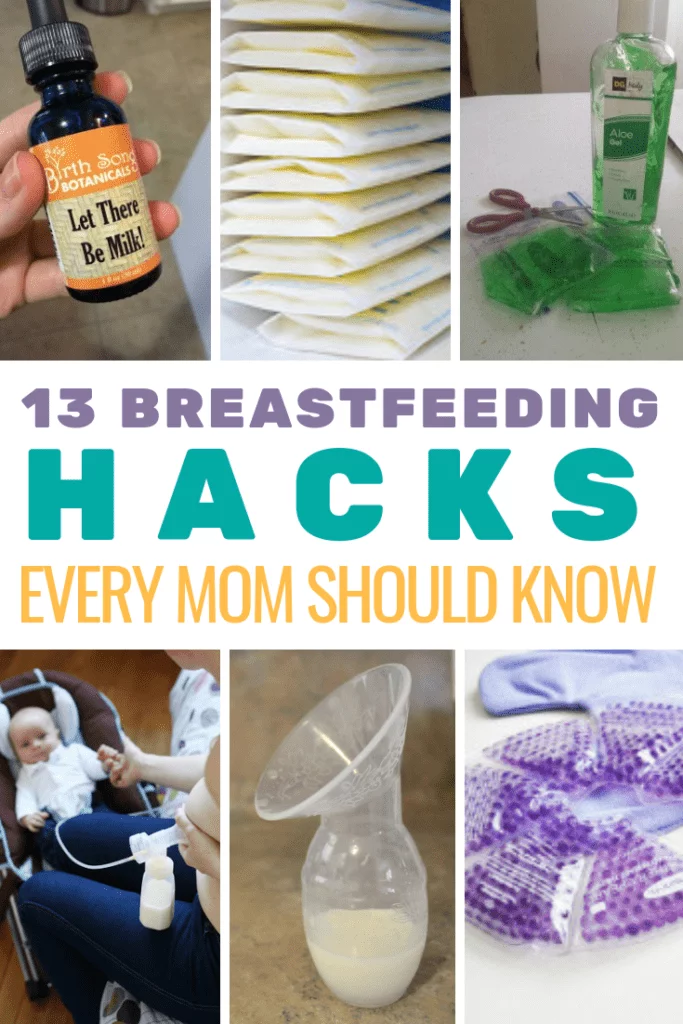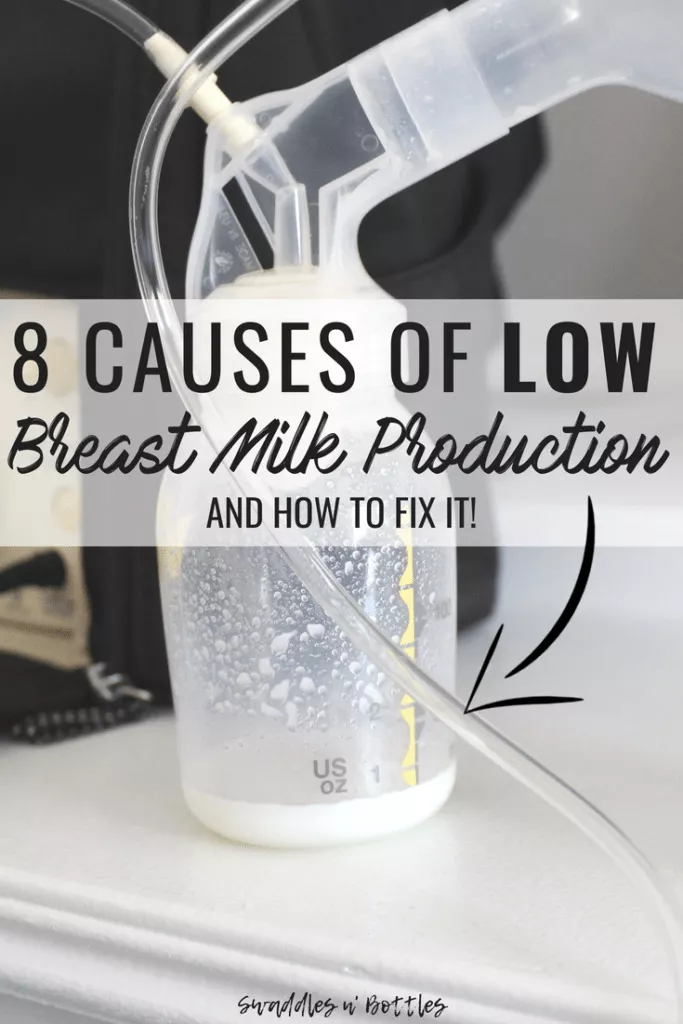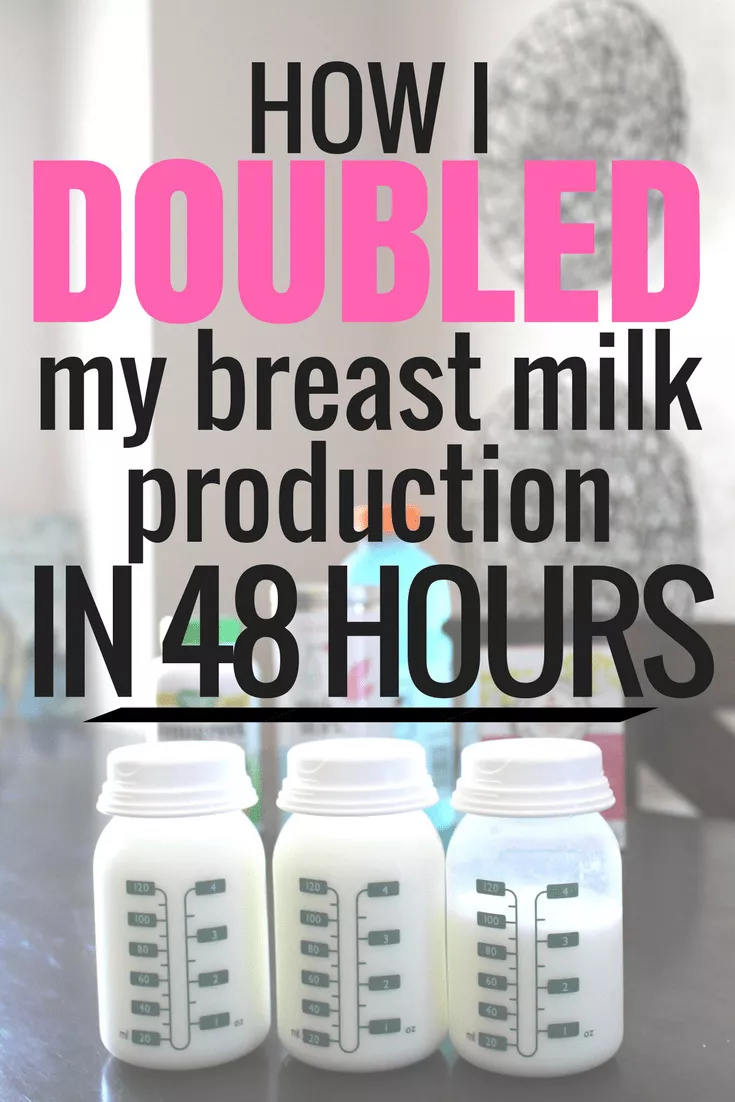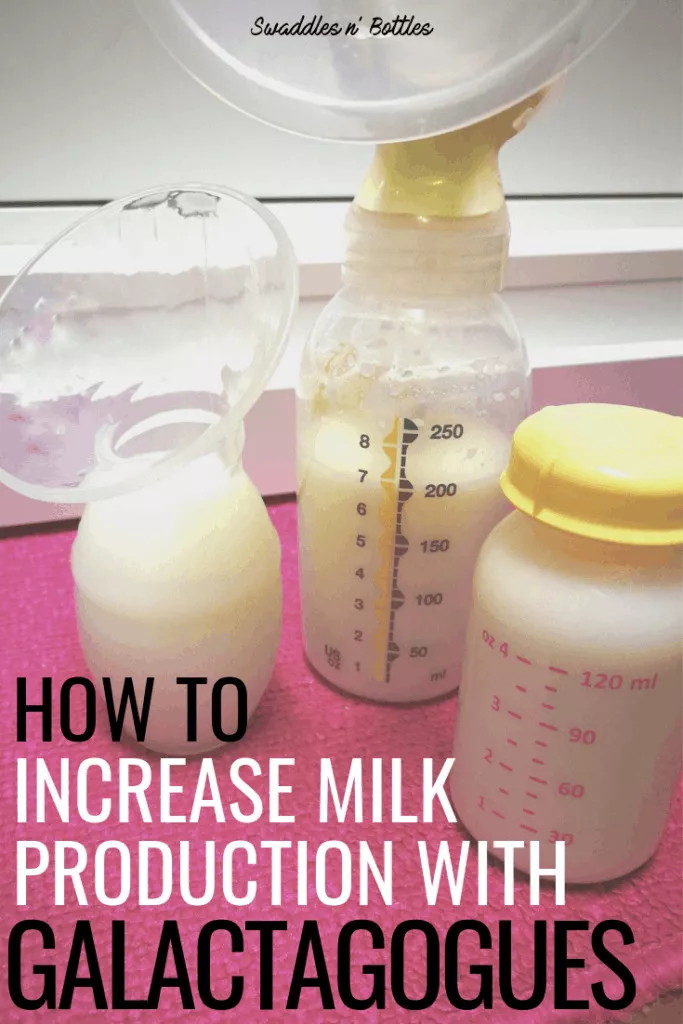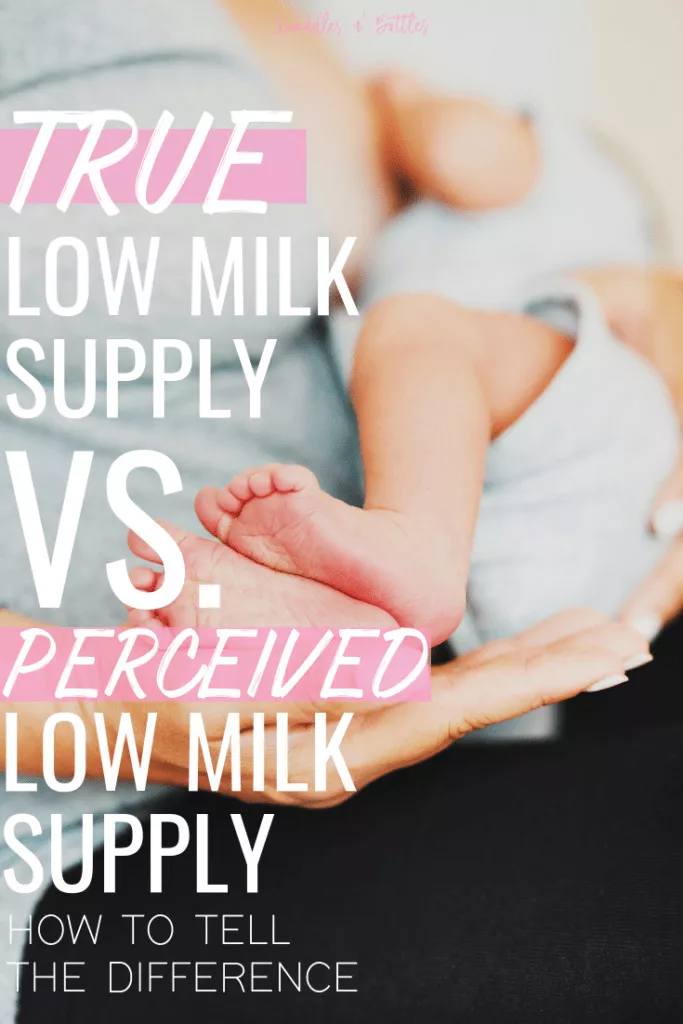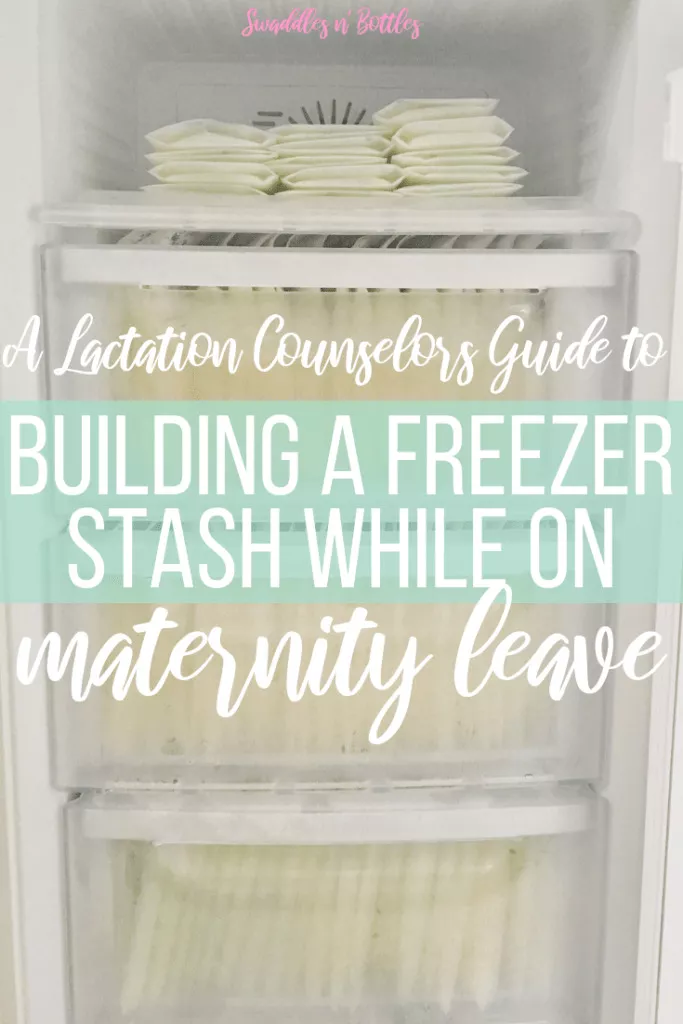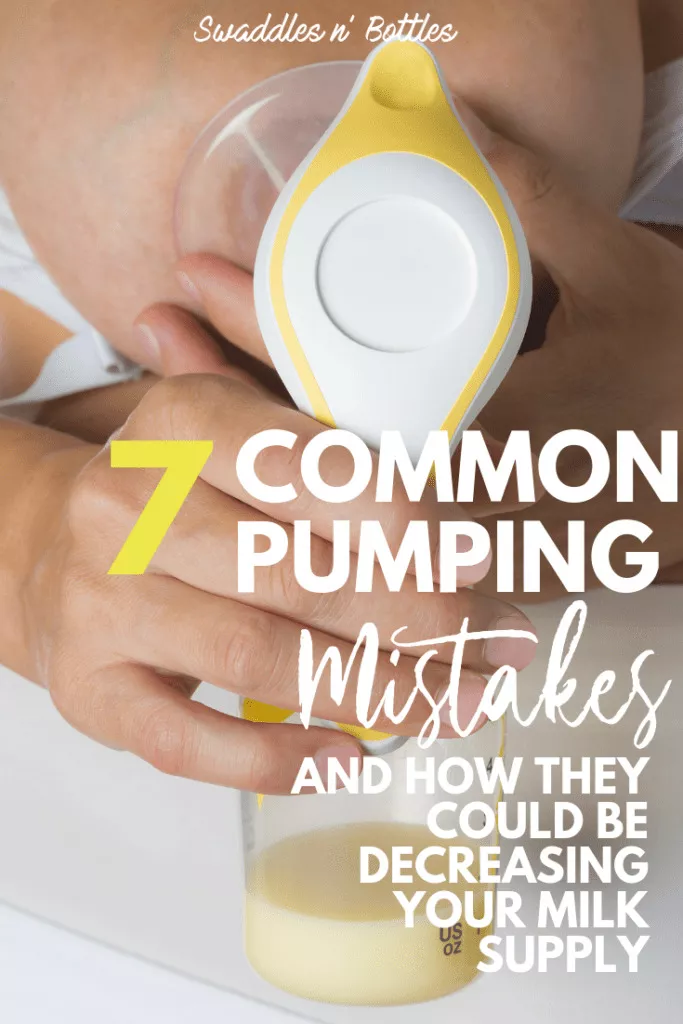
7 Common Pumping Mistakes- And What To Do Instead
Every breastfeeding mom knows how awesome a tool their pump can be. A pump allows you to provide breastmilk to your baby and maintain your supply, when you need to be separated from them or if they aren’t latching. And much like breastfeeding, pumping seems simple enough. But just about any mom can tell you that’s not always the case. Pumping can be quite frustrating for moms, it may be uncomfortable, feel cumbersome, or you may not see the amounts of milk you hoped for.
Luckily, a small change can make all the difference! And, whether you are a seasoned pumper, just started, or just thinking about it, it’s never too late to learn more and try new techniques. Here are some of the common pumping mistakes and what you should do instead.
Using the Wrong Flange Size
The flange is the part of the breast pump that stimulates the breast, to express milk. Did you even know that there were different sizes? Flange sizes can range from 19mm-36mm depending on the pump brand.
Having the wrong flange size can cause discomfort, clogged ducts or sore nipples, and make it harder to express milk. Your nipple should easily glide inside the flange, not rubbing and not much space between the nipple and flange. But looks can be deceiving, so the best way is to measure. You can use a tool like the one here to easily measure at home. You want your flange to be about 3-5 mm larger than the diameter of your nipples. It is always best to measure at the end of a pumping session, as there can be some stretching and swelling during a pump session.
Using Too High Suction
I know it seems natural that the higher suction you use, the more milk you should express, or that it will be faster. But it can have the opposite effect.
The pump stimulates differently than the baby, and that direct vacuum on too high can cause inflammation, which can make it harder to express milk. I suggest that you start your pump on the lowest setting, and comfortably work your way up. In my experience, most pumps medium setting is plenty strong to remove milk.
Of course, there is no one size fits all, but try adjusting your vacuum a little lower, and speeding up the suction at first and then when you let down, slowing down the suction and turning the vacuum up. This pattern mimics closely what a baby does. They do fast shallow sucks to help stimulate the letdown, and once that milk starts to flow they turn to longer, strong sucks and swallows. Many pumps now have customizable settings, where you can adjust the vacuum strength and speed separately, don’t be afraid to try new ones to see what is optimal for you.
Cutting Your Sessions Short
Because the pump doesn’t stimulate like the baby, it can take longer to express milk.
It is generally recommended to pump for about 15-20 min, each time. If you are double pumping (pumping both breasts at once) you may see a more efficient output. A good rule of thumb to follow is to pump until the milk stops flowing and then 5 more minutes. You may see that you need to take longer than 20 minutes to express what you need, or you may find that you have multiple let downs and your body will just keep expressing. If that’s the case, you may find that you stop pumping before the milk stops flowing, but as long as you’re not experiencing discomfort or “fullness” even after pumping, its okay to stop.
Not Sticking to a Schedule
The frequency needed for pumping is going to vary by situation. If you are pumping because you are separated from your baby or to maintain a supply, it’s going to be more important to pump frequently. You want to pump as close to your baby’s eating schedule as you can when you are apart. For most, this is going to be about every 3 hours. Depending on the age of your baby and what your schedule allows, it may be something like every 2-3 or 3-4, just want it to be close. When you go long stretches between, and skip a feeding/pumping session, your body recognizes you aren’t removing that milk and signals your hormones to slow down on production. If you can latch your baby and only need to pump for say an occasional workday, to run errands or date night, you can fit pumping into your schedule in the least stressful way. Of course, pump to replace any nursing sessions you may miss that day, but you don’t need to do that every single day.
Getting Dehydrated
Water. Water. Water. I can’t say it enough! Staying hydrated is so important for making milk, and expressing milk. Also, just for your overall health, our bodies need water to do their job. Often, when there are struggles to express enough milk, drinking more water can be an easy fix. So drink when you are thirsty! And many moms will tell you, that breastfeeding can make you more thirsty anyway. If you have a hard time remembering to drink water, a trick I like to share is to drink a bottle of water, each time you pump or nurse. At the recommended 8-12 sessions a day, that should get you the water you need. If drinking water is hard for you because of the taste, try adding some fresh fruit for a little flavor.
Thinking You Don’t Need Your Hands
Think you don’t need your hands while pumping? Well, think again! Now, I totally get the benefit of completely hands-free pumping, and I always suggest investing in a hands-free pumping bra of some sort. But that doesn’t mean your hands can’t help you. Like I’ve mentioned before, and electric breast pump doesn’t stimulate your breasts the way a baby does, but your hands can get a little bit closer. By using “Hands on pumping”, you can improve the efficiency of your pump sessions and also help prevent clogged ducts.
“Hands-on Pumping Technique” (adapted from Nancy Mohrbacher )
Spend 2-3 min gently massage both breasts. This helps to warm up the breast, and the skin to skin touching helps to trigger hormonal responses
Double Pump (both breasts at the same time) whenever possible. Hands-on pumping will still help if using a single pump, but most effective is to double pump. Continue until the milk flow slows to a trickle.
Once again, gently massage each breast, you may want to concentrate on areas that feel more full
Finish the session by either hand expressing into the flange as a funnel or single expressing, alternating sides as you continue to massage, whichever is most efficient for you. Continue until you feel your breast is drained fully as possible.
This technique takes about 25 minutes in full. You can absolutely modify it, if you have less time to pump, even just starting with gentle massage and massaging while pumping can be very beneficial.
Letting the Stress Get You
This is probably the easiest mistake we can make, and the hardest to avoid. So let me preface by saying I know this is easier said than done and that I think you are doing a fantastic job as a mother! The hormones that allow our milk to “let down” are inhibited when we feel stressed or anxious. This doesn’t mean that stress is going to cause you to lose your milk supply (we all know every mama has stress) but it can make it harder for your body to respond to the pump. So being as relaxed as possible, while pumping, can make a huge difference in your experience. Some things I recommend to help relax you
• Positive Affirmations: make yourself some affirmation cards and put them in with your pump supplies. You can write down things like “I am a good mom”, “I am meeting my baby’s needs”, “I am Enough”. Evenflo makes breastmilk storage bags that have affirmations printed! Find them here.
• Looking at Pictures or Videos of your baby while you pump-What mama doesn’t love seeing her little one throughout the day. Save videos and pictures of you and your baby and use them to remind you how great you are doing!
• Read or Play a game- Sometimes a little distraction is all you need. Reading a book, playing a game, or even watching a show while you are pumping can help keep your mind off things.
• Cover your bottles– You know the saying “A watched pot never boils”? Kind of applies here too, staring at the bottles and watching that milk drip in can be a quick way to get yourself worked up. Using a burp cloth or blanket to cover them and setting a timer, can help.
If you’re a pumping mom, try some of these and let us know what you think. I hope they make your pumping experience even better!

Aryn is a Certified Lactation Counselor and Midwest Mama of two. After an unexpectedly rocky start breastfeeding her son, Aryn vowed to help make sure other mothers would know what to expect and how to get help. Through her work as a WIC breastfeeding peer counselor and CLC, Aryn found a love of supporting moms in all aspects of postpartum and parenting and she shares her musings on motherhood, through her blog and social media channels. When shes not helping moms, being mom or blogging, Aryn loves doing makeup, musicals, and perfecting her homemade cinnamon rolls.

